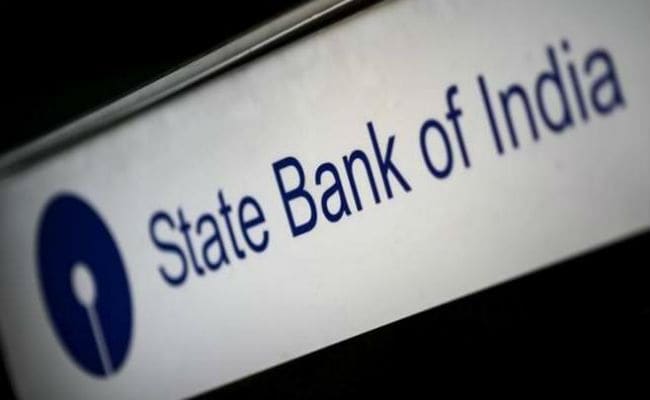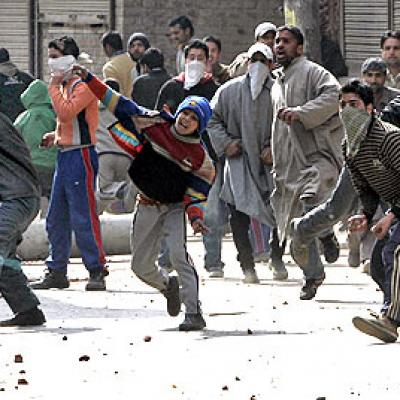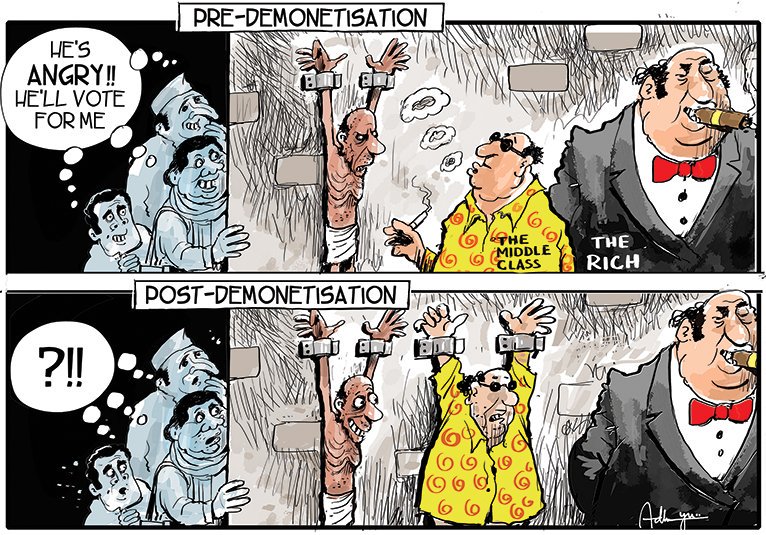How come this psychology is not known to Opposition?....The poor also stood in queues may be once or max twice a month...But he is happy to see the rich struggling for cash!!
Why aam aadmi is not mad at NaMo despite DeMo
January 1, 2017, 12:12 am IST Manu Joseph
If you are someone who takes the respectable media seriously, you may have thought, or still think, that Narendra Modi has committed a huge blunder by delegitimising large notes, and that it would destroy him because most of India is furious. There have been reports of the poor losing jobs and of people dying in queues outside banks. Every time a rustic man committed suicide, it was relayed to us as a “farmer suicide”, of course, and the reason this time was not his disenchantment with genetically modified seeds (that spin has run its course) or drought (the season has changed), but cash crunch.

There was a bit of exaggeration in the coverage because drama is an old friend of human-interest stories but most of the tales of misery were true. They are still trickling in. Yet there is evidence that the average Indian feels Modi is on to something. Or at least, for some reason, he is not angry with Modi. If the cash crunch continues for another month, the mood might change but as of now it does appear that Modi is going to be fine. The people standing in the queues suggest that. Even small traders, who are very important to Modi in some states, say that. One of them, in a newspaper interview, said that the trading community is hardwired to go with the flow and not against the flow. BJP has not been punished in the by-polls or civic elections that were held in several states after the demonetisation. In fact, the party fared well in seven states. And, there has not been a single incidence of rioting even though the political foes of Modi appeared to contemplate the prospect somewhat fondly.
What is going on, and what does it say about India?
Most of the poor seem to believe that the rich have been affected more than them. Cash is a powerful cultural symbol of wealth, hence the perceived fiefdom of the rich. Anarchy in the cash economy, their reasoning goes, would hurt the rich more. That is a significant political sentiment. It is a persistent and under-reported phenomenon across the world that the poor tend to hate the rich more than they hate their politicians. This is true even when the politicians themselves are rich and the rich, at least the refined rich, make so many sweet gestures.
Also, in the perception of the majority, such an extraordinary monetary shock has a ring of righteousness about it. Another factor that has favoured Modi for now is the fact that the current misery of the poor, which seems so severe to the middle classes, is only slightly worse than their regular problems. They queue up often for many things, return empty-handed, queue up again, and go for days without employment or money.
Even so, one would have expected widespread protests and shutdowns in some regions, especially Kerala, but miraculously that did not happen. In the southern states, there is a cautious wonderment — never has a Prime Minister directly affected their lives as Modi has with this measure. What the Prime Minister has done is to make them queue up for their own money. Still, they see in this an unprecedented prime ministerial impact on the rich.
Again, it is a question of time before many delicate perceptions change but it is remarkable how Modi has gotten away till now. By his own admission, the implementation was a screw-up. He said so in an interview on Thursday. He said that demonetisation as a policy (apparently to clean up the economy) “is unequivocally clear, unwavering and categorical.” But the strategies to implement it could have been better, he said. One of the political strategies to absorb the shock though has worked – the impression that he is going to wire the money that he has robbed from the rich into the bank accounts of the poor.
The ideological foes of Modi, who have named themselves liberals, perceived the policy through the filter of their immense hatred for him, and have refused to see the collateral benefits of millions of Indians joining the formal banking system. Even though they claim to worship objectivity, they often demonstrate that they are not capable of it. In the immediate aftermath of demonetisation, they saw the political demise of Modi, and very triumphantly lamented the suffering of the poor. They seemed to suggest, especially in the early days, that the poor are furious with Modi. But, the average Indian often appears to wait for the urban sophisticate to reveal his learned opinion so that he can feel the exact opposite emotion.
http://blogs.timesofindia.indiatimes.com/modern-times/why-aam-aadmi-is-not-mad-at-namo-despite-demo/
Why aam aadmi is not mad at NaMo despite DeMo
January 1, 2017, 12:12 am IST Manu Joseph
If you are someone who takes the respectable media seriously, you may have thought, or still think, that Narendra Modi has committed a huge blunder by delegitimising large notes, and that it would destroy him because most of India is furious. There have been reports of the poor losing jobs and of people dying in queues outside banks. Every time a rustic man committed suicide, it was relayed to us as a “farmer suicide”, of course, and the reason this time was not his disenchantment with genetically modified seeds (that spin has run its course) or drought (the season has changed), but cash crunch.

There was a bit of exaggeration in the coverage because drama is an old friend of human-interest stories but most of the tales of misery were true. They are still trickling in. Yet there is evidence that the average Indian feels Modi is on to something. Or at least, for some reason, he is not angry with Modi. If the cash crunch continues for another month, the mood might change but as of now it does appear that Modi is going to be fine. The people standing in the queues suggest that. Even small traders, who are very important to Modi in some states, say that. One of them, in a newspaper interview, said that the trading community is hardwired to go with the flow and not against the flow. BJP has not been punished in the by-polls or civic elections that were held in several states after the demonetisation. In fact, the party fared well in seven states. And, there has not been a single incidence of rioting even though the political foes of Modi appeared to contemplate the prospect somewhat fondly.
What is going on, and what does it say about India?
Most of the poor seem to believe that the rich have been affected more than them. Cash is a powerful cultural symbol of wealth, hence the perceived fiefdom of the rich. Anarchy in the cash economy, their reasoning goes, would hurt the rich more. That is a significant political sentiment. It is a persistent and under-reported phenomenon across the world that the poor tend to hate the rich more than they hate their politicians. This is true even when the politicians themselves are rich and the rich, at least the refined rich, make so many sweet gestures.
Also, in the perception of the majority, such an extraordinary monetary shock has a ring of righteousness about it. Another factor that has favoured Modi for now is the fact that the current misery of the poor, which seems so severe to the middle classes, is only slightly worse than their regular problems. They queue up often for many things, return empty-handed, queue up again, and go for days without employment or money.
Even so, one would have expected widespread protests and shutdowns in some regions, especially Kerala, but miraculously that did not happen. In the southern states, there is a cautious wonderment — never has a Prime Minister directly affected their lives as Modi has with this measure. What the Prime Minister has done is to make them queue up for their own money. Still, they see in this an unprecedented prime ministerial impact on the rich.
Again, it is a question of time before many delicate perceptions change but it is remarkable how Modi has gotten away till now. By his own admission, the implementation was a screw-up. He said so in an interview on Thursday. He said that demonetisation as a policy (apparently to clean up the economy) “is unequivocally clear, unwavering and categorical.” But the strategies to implement it could have been better, he said. One of the political strategies to absorb the shock though has worked – the impression that he is going to wire the money that he has robbed from the rich into the bank accounts of the poor.
The ideological foes of Modi, who have named themselves liberals, perceived the policy through the filter of their immense hatred for him, and have refused to see the collateral benefits of millions of Indians joining the formal banking system. Even though they claim to worship objectivity, they often demonstrate that they are not capable of it. In the immediate aftermath of demonetisation, they saw the political demise of Modi, and very triumphantly lamented the suffering of the poor. They seemed to suggest, especially in the early days, that the poor are furious with Modi. But, the average Indian often appears to wait for the urban sophisticate to reveal his learned opinion so that he can feel the exact opposite emotion.
http://blogs.timesofindia.indiatimes.com/modern-times/why-aam-aadmi-is-not-mad-at-namo-despite-demo/
Last edited:




